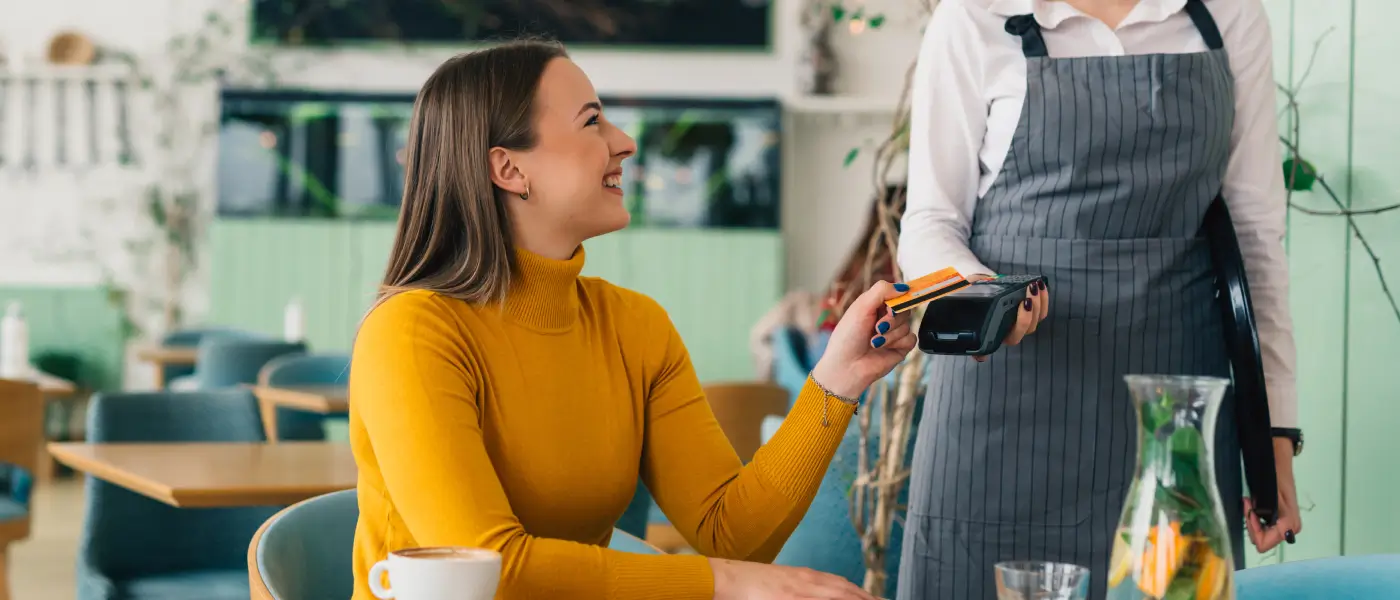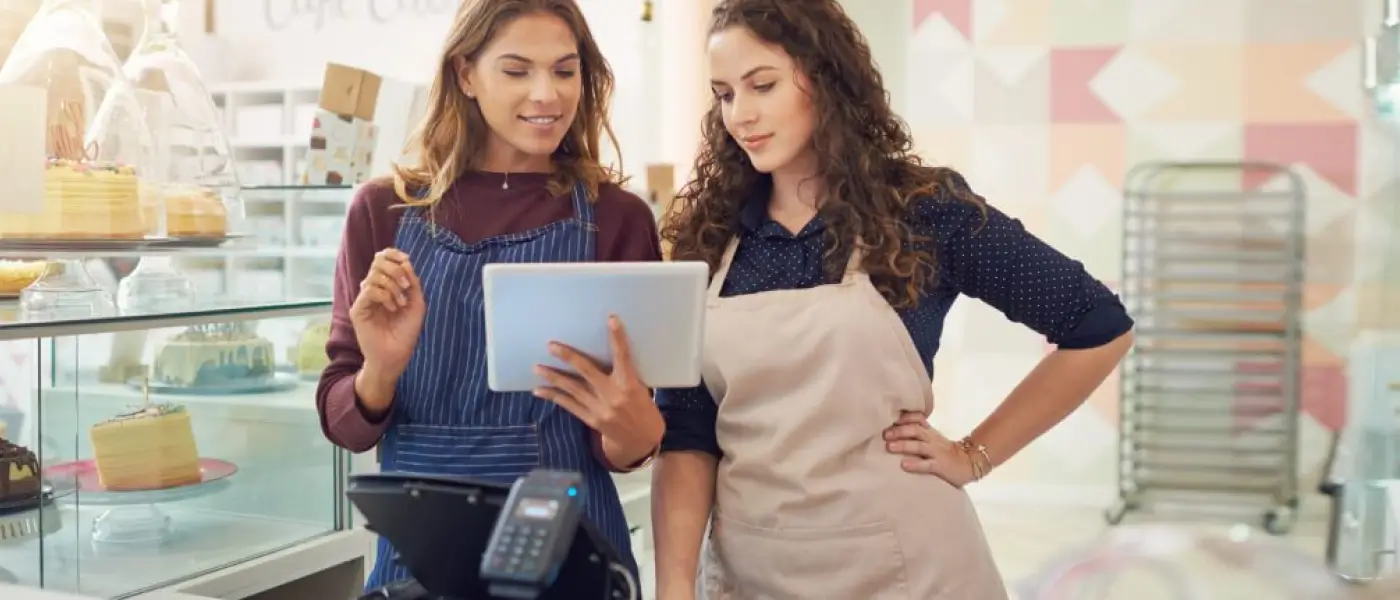Table of Contents:
The rise and reign of 'tap-to-pay': A snapshot of the UK's contactless adoption
With a 7 percent increase in contactless transactions in 2023, the UK leads Europe in contactless payment adoption.1 In the UK, contactless payments have clearly become a key part of daily transactions.
From retail, services to hospitality, businesses are embracing the shift across sectors. What began as a convenience has become a customer expectation. With increased contactless spending limits, shoppers now expect a smooth, fast, tap-to-pay experience. Contactless payment machines have become vital for businesses.
How contactless is redefining the customer checkout experience
Modern consumers value speed and simplicity. Contactless payment delivers both. A quick tap completes a transaction in seconds, with no PIN required for amounts under £100. This reduces queueing and waiting times, helping businesses serve more customers, especially during peak hours.
The result? A smoother, more efficient checkout experience that improves customer satisfaction and fosters repeat visits. POS systems like Clover Flex or Clover Mini enable merchants to offer fast, reliable contactless payment solutions without compromising on quality or features.
So, what is contactless payment and why do customers prefer it? Knowing how to answer these two questions is key to staying competitive.
Operational advantages: What contactless means for business efficiency
The benefits of contactless extend beyond customer convenience. For merchants, it means quicker transaction times, which is especially useful during busy trading hours. Faster checkouts lead to higher throughput and better resource allocation. Staff can focus on service rather than managing queues or handling cash.
Contactless payment machines also enhance security. Technologies such as tokenisation help reduce fraud risk, whereas handling less cash minimises theft and error. Contactless systems integrate smoothly with accounting platforms and inventory tools, streamlining end-of-day reconciliation and reducing admin time. With Clover Station Duo, businesses gain a full-service POS system that manages payments, staff and inventory in one place.
The future is contactless: Emerging trends and how Clover keeps businesses prepared
Contactless technology is evolving fast. According to UK Finance, by 2033 cash use is expected to decline to 6 percent of all UK payments while card transactions are forecast to constitute 66 percent of all payments in the country.2
Mobile wallets like Apple Pay and Google Pay are becoming mainstream, while wearable payment devices and QR-based methods are gaining traction. These innovations extend the contactless experience beyond the traditional card tap. Consumers now expect to pay using smartwatches, smartphones or even fitness bands.
Understanding how contactless payment works helps businesses stay future-fit. Clover POS systems are flexible and designed to adapt. From portable terminals to countertop POS systems, merchants can accept a range of payment types. With seamless integration and regular software updates, Clover keeps businesses ready for the next wave of payment trends.
Conclusion: Staying competitive in a contactless world
Contactless payment is no longer a nice-to-have. It’s a must-have for future-oriented businesses. Shoppers expect it. Merchants depend on it.
To stay competitive, retailers must understand and adopt contactless payments. Clover helps them embrace this shift with scalable solutions that support contactless, mobile and wearable payments.
With features like employee tracking, stock control and easy reporting, Clover goes beyond payments, facilitating business growth. Contact us today to learn how to prepare for the future of contactless commerce in the UK.
Bibliography
1 The Fintech Times. Cash Remains Second Most Popular Payment Method in the UK, But is a Cashless Society Still Imminent?
2 UK Finance. UK Payment Markets Summary. July 2024




